Andaman and Nicobar Islands : Arrival to Cellular Jail

Andaman and Nicobar Islands are one of the Union Territories of India consisting of a group of 300+ islands.
They lie between Bay of Bengal and Andaman Sea. Unfortunately, the history and geography books I studied in school mention very less about the islands, I wish they share more. Though it is listed as a tourist location, Andaman has lot to offer apart from tourist locations. Why? Well, you need to read through the travelogue series to know the answer.
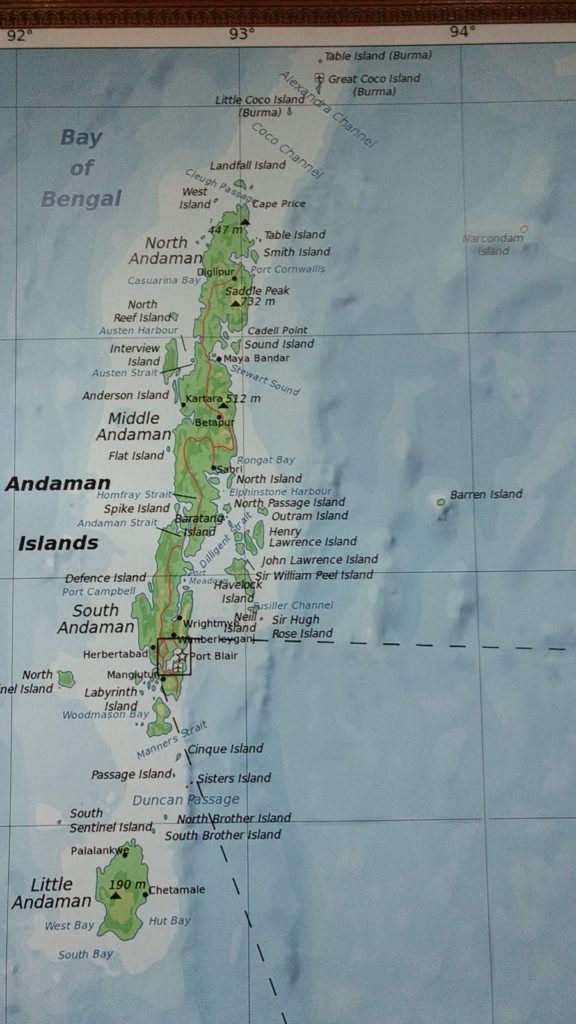
We were going to only visit few islands and not visit the Nicobar Islands. Nicobar Islands are south of Andaman and have restricted entry permit for only military and research folks.
Best time to visit these islands is from October to mid-April. Being a tropical place, there is no winter as such here but best temperatures and weather conditions are around the months I mentioned. You can either travel by flight or by sea to reach Andaman Islands. Sea can sometimes be rough hence I would not recommend boat travel to Andaman for kids or those with sea sickness issues.
Day 1:
We had an early morning flight from Mumbai to Port Blair. I was awake the entire night and finally got to sleep only when the flight took off. After 1.5 hours into the flight, DH awoke me to show the sunrise from the flight. The sunrise got inside me a ray of joy, the next few days were going to be colorful. I went back to my sleep with a smile on my face.

Port Blair is named after Archibald Blair who around 1789 established a hospital and a sanatorium at Ross Island. We were immediately supposed to leave to visit Ross Island. The name reminded me of my favorite F.R.I.E.N.D.S. series and I kept wondering why is the Island called Ross. I found out later in the tour, for now let’s take a walk on the Ross Island.
Ross Island
The island is named after the marine surveyor Captain Daniel Ross. The water scarcity on Port Blair was the reason for building a base on Ross Island. The island had houses, barracks, government offices etc. built by Indian Freedom fighters (captured as political prisoners). The island was also briefly used by Japanese during their rule from 1942 to 1945. The island has suffered earthquakes and Tsunami, post which all the structures have become ruins.
The moment you reach the Jetty from where you catch a boat for Ross Island, two things greet you, first big flock of pigeons and a cannon. A little ahead into the Jetty, one can spot the statue of Rajiv Gandhi (wonder why it was placed there).

A brief boat ride later, we were on Ross Island. The first thing that greets you on the island is a Japanese Bunker.
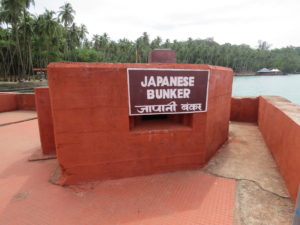
A few steps away we spotted deers, peacocks and rabbits. After spending time admiring the animals, we went around exploring the island.

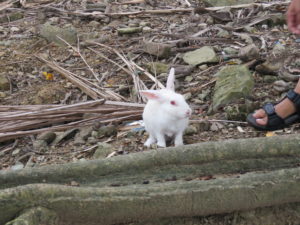
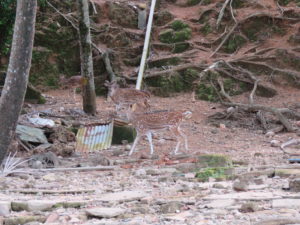
The island majorly has old ruins of the government buildings and dense forest trees whose roots are spread far and wide.


One can spot a lighthouse tower at the northern end of the Island. This northern end along with the lighthouse and waves can be seen printed on the Rs. 20 Indian Note.
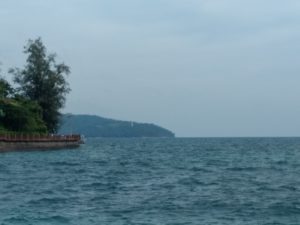
We stopped for 5 minutes at the Indian national flag to pay homage to those Indians who built the island, before bidding it goodbye. Back at the Jetty, while waiting for others we got a small glimpse into the marine life of Bay of Bengal (sea urchins, fish, colorful crabs and starfish).
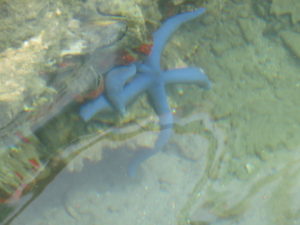
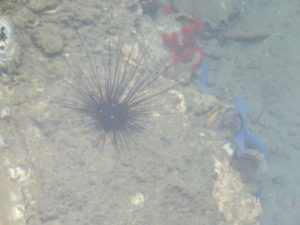
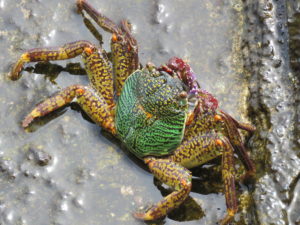
Hungry and tired we went to our hotels to have lunch and rest for few hours.
Cellular Jail
Evening was a visit to Cellular Jail followed by a light and sound show. I was looking forward to it since I had recently brought a book in Marathi “Majhi Janmathep” by “Veer Savarkar”. While buying the book, I had no idea, I would be visiting Andaman within a few weeks but here I was. I haven’t read it yet, but would be doing so before the year ends for sure.
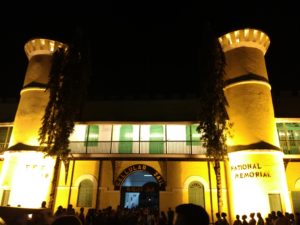
The Cellular Jail, also known as Kalapani, was a colonial prison used by the British specially to exile political prisoners. Some of the notable freedom fighters such as Batukeshwar Dutt, Yogendra Shukla and Vinayak Damodar Savarkar, among others, were imprisoned here during the struggle for India’s independence.
The Jail has a hub and spoke architecture style wherein, there were originally 7 spokes and a central middle tower used by guards for keeping a watch. The spokes have single person cells with no attached toilets and lights originally. The spokes were constructed in such a way that the front side of the cells of a spoke faced the back of the cells of the next spoke. This way there was no communication between the inmates and there was total solitary confinement. Such was the security that Veer Savarkar did not come to know for two years that his elder brother Babarao Savarkar was also in the same jail.

Currently the jail has three wings instead of the original seven and is a national memorial monument. There is a government hospital built on the area of remaining four spokes.
The punishments given to the political prisoners are so harsh that one cannot imagine any human being imposing it and anyone enduring it for a long time. The Kolhu or hand rotated metal oil mills, the whipping stand, the different locking mechanisms, the hanging cell are quite disturbing. The climate was still better when we visited, imagine doing the tasks for a full day in a hot summer month or in a humid monsoon climate facing frequent storms with no access to edible food, water , electricity and medical aid.
Post a walk through the premises and a guided tour, we visited the cell where Veer Savarkar was imprisoned for ten years. The cell has a direct view of the hanging cell where 3 prisoners were simultaneously hung , the open whipping area and the oil punishment house. It takes a very strong person to endure not just a physical torture but such a constant mental torture daily for a decade. For few minutes, I just stood in the cell with too many mixed emotions running through my mind.
As I came down from the tower, I was disgusted to witness few visitors taking selfies of themselves with these punishment devices, in the hanging cell or in general in the premises.
Light and Sound Show
The light and sound show in the evening was a joint narration by the old tree in the premises, the watch tower, the oil house and the kitchen who narrated to us the tale of Cellular jail. The reason behind using the term “Kaalapani”, the history of construction between 1896 to 1906, the jail punishments by David Barry, the freedom fighters and their struggle in the jail, the stay of Veer Savarkar, the aftermath post Japanese occupancy in 1942, the visit by Subhash Chandra Bose and the Jail present condition post-independence.
It was a hard-hitting show and left me with below in mind :
” Over a period of time some of us have forgotten what our freedom fighters endured. With freedom comes power and with power comes responsibilities.
It is highly imperative that this visit is planned immediately upon arrival. Before we as Indian citizens, proceed to explore the islands, we should take a moment to learn about what our ancestors endured to achieve freedom. Freedom struggle goes beyond what’s taught in history and shared through politics.
Visiting this place will give a perspective on how we should be honoring and living the gift of freedom our freedom fighters gave us”.
